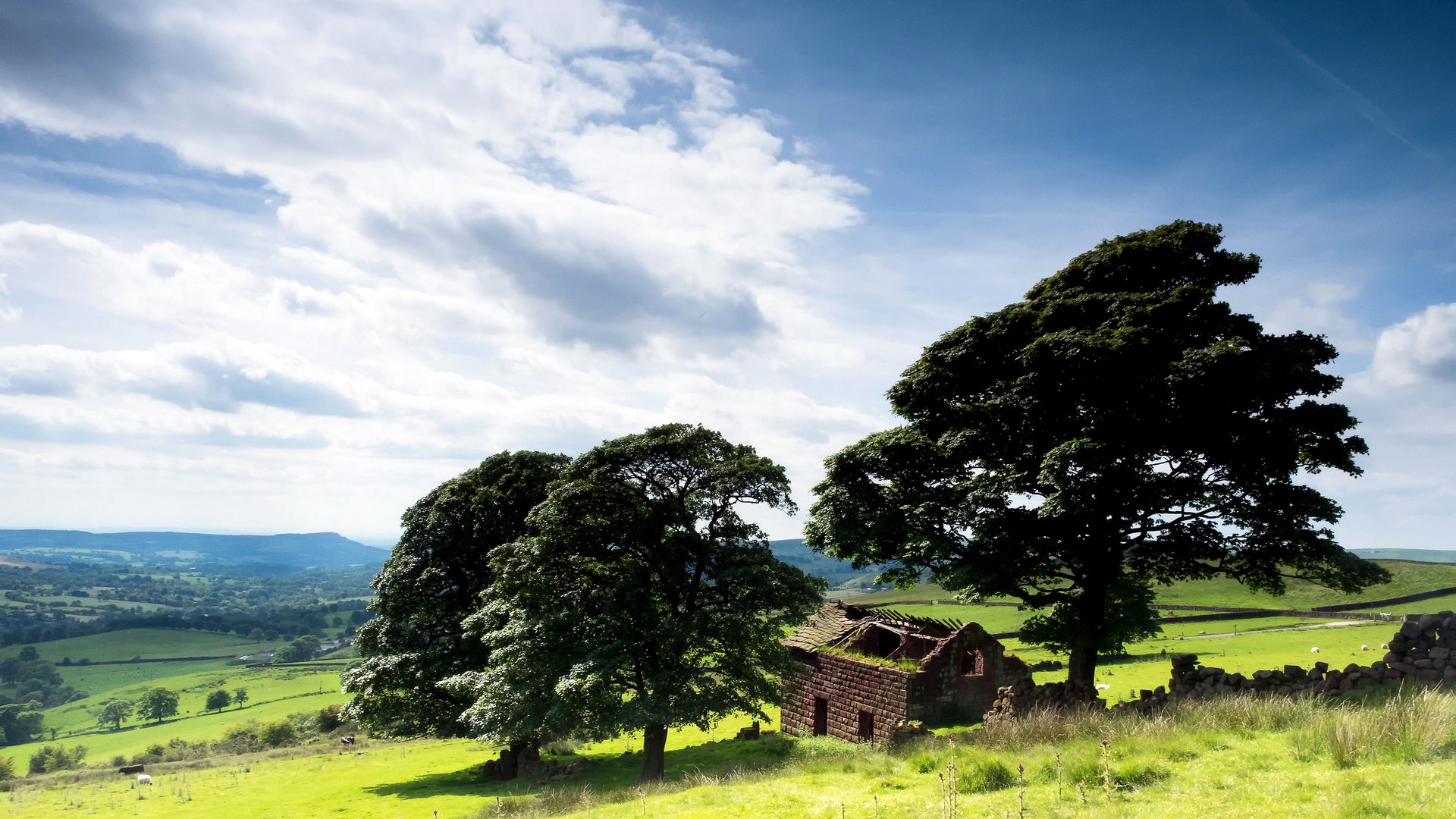The Peak District National Park is home to some of the most picturesque countryside in the UK, straddling the counties of Derbyshire, Cheshire, Staffordshire and Yorkshire. In such a wide area, which covers almost 1,500 square kilometres, there’s plenty to whet the appetite of road cyclists – and no shortage of climbing to be had.
The area is also popular with riders because of the its close proximity to the cities of Manchester, Sheffield, Derby, Stoke-on-Trent and Huddersfield, offering an enviable escape for cyclists – and challenging terrain for the odd professional based near the home of British Cycling, too.
The Peak District caters for cyclists of all abilities, from off-road trails to quiet touring routes. However, what if road cyclists want to seek out the toughest challenges it has to offer? There’s no shortage of tough climbing to be had in the Peak District, so you’re spoilt for choice, but we’ve scouted around for ten of the best climbs in the region.







